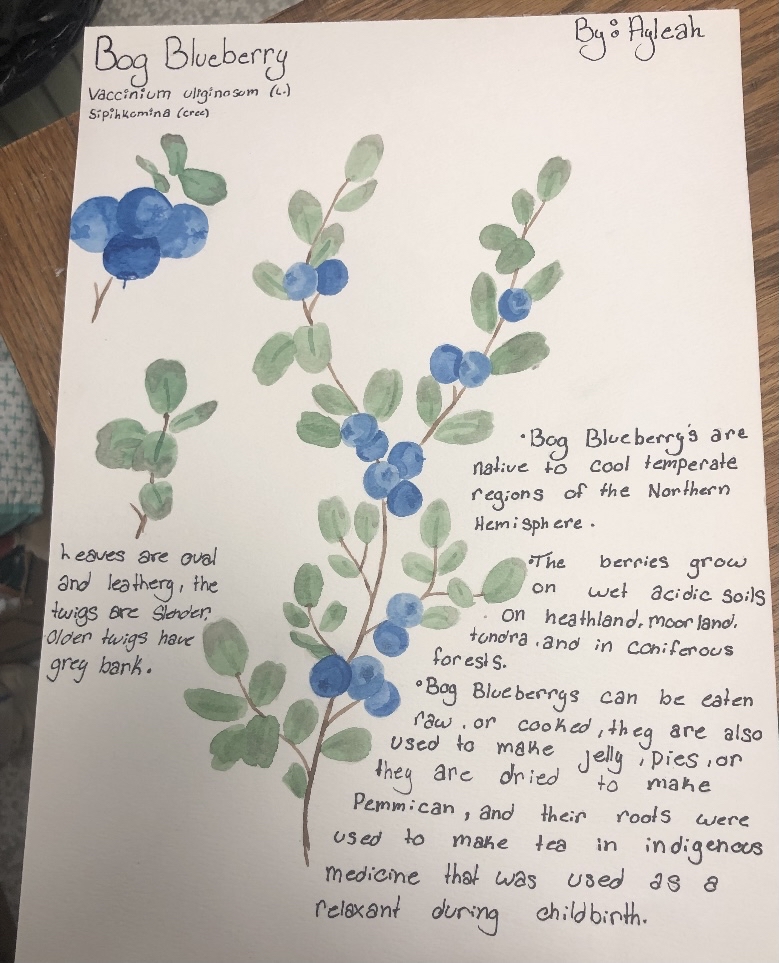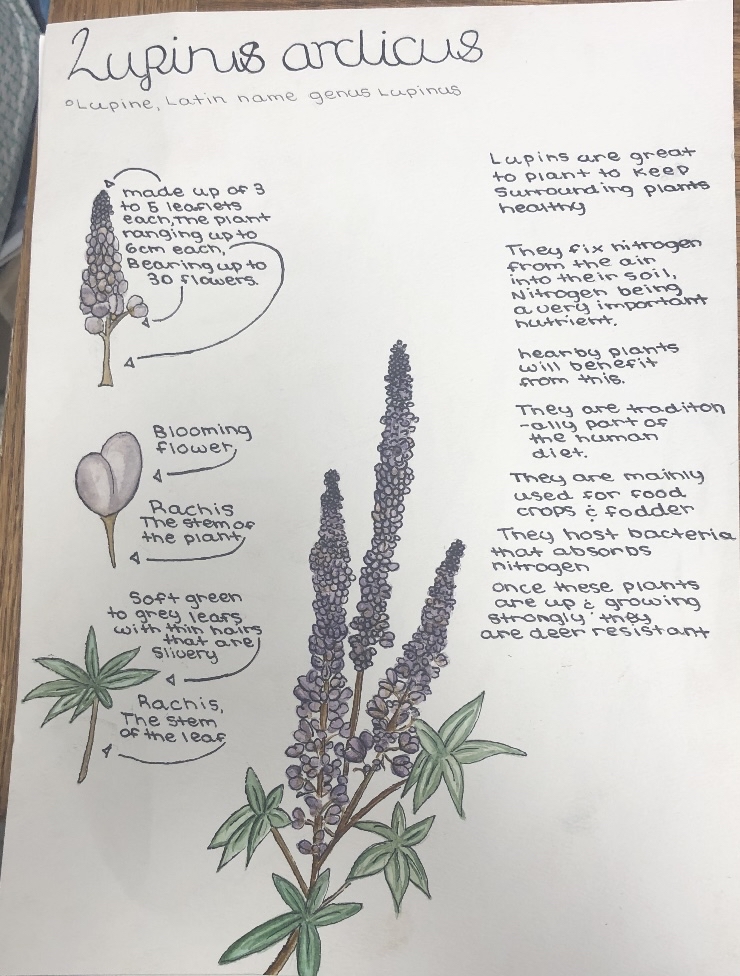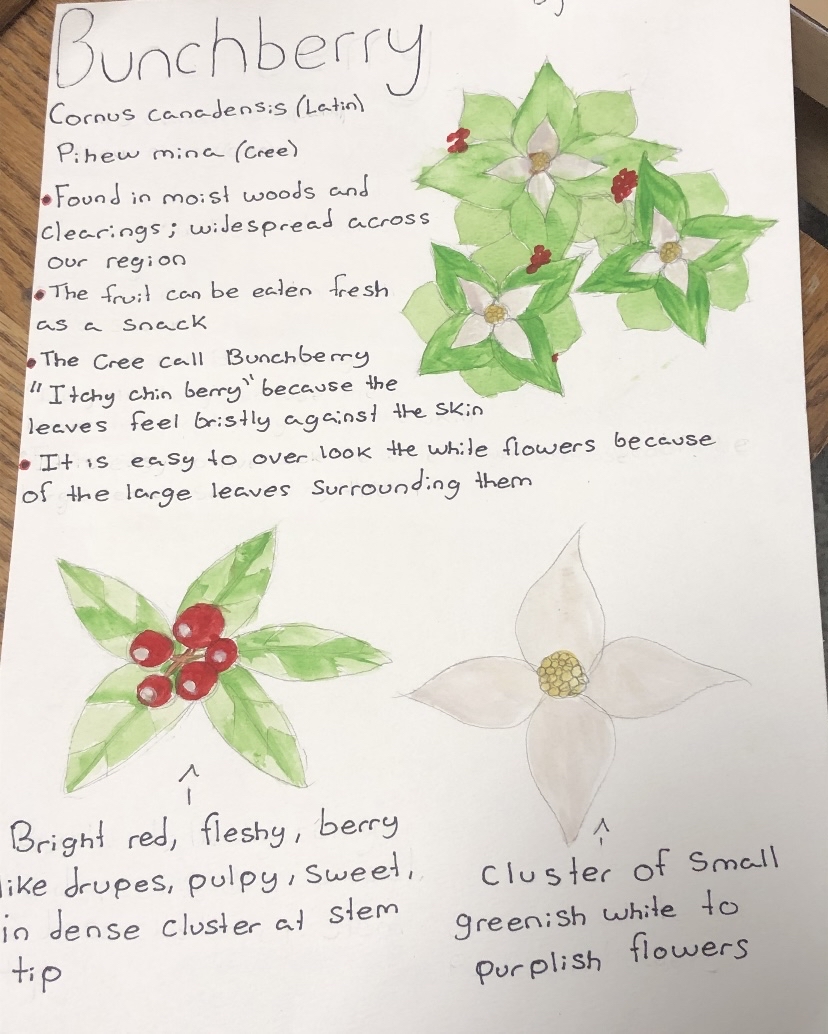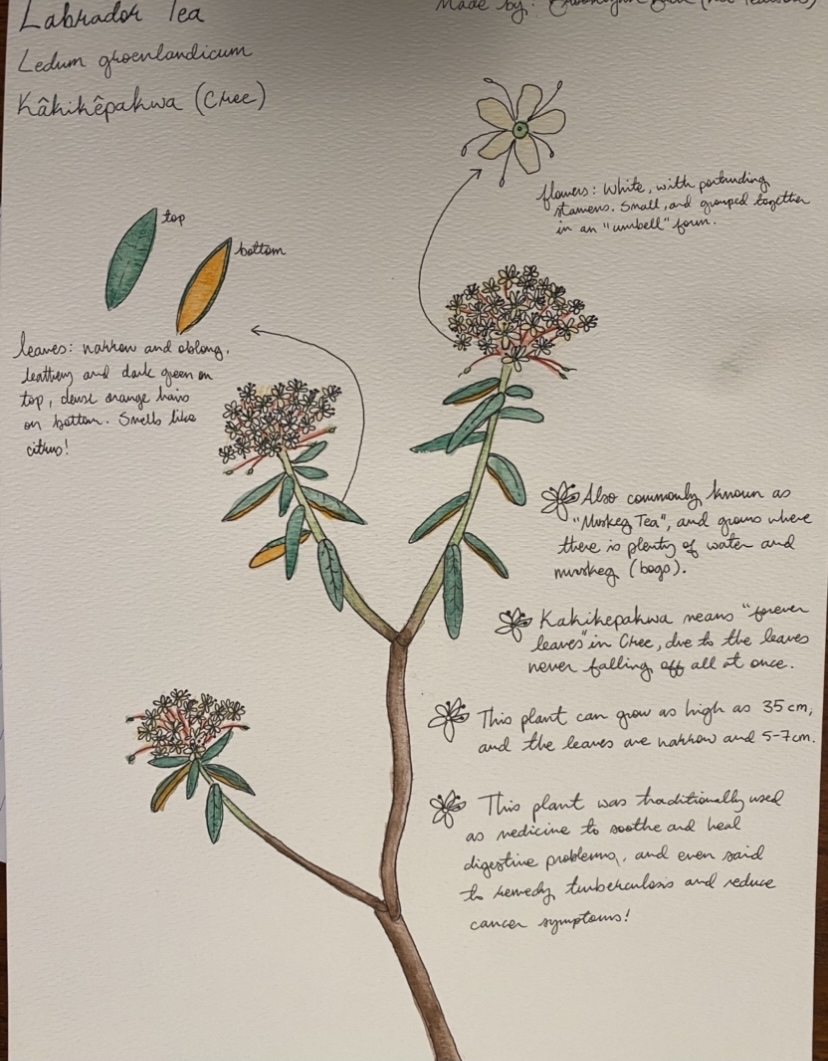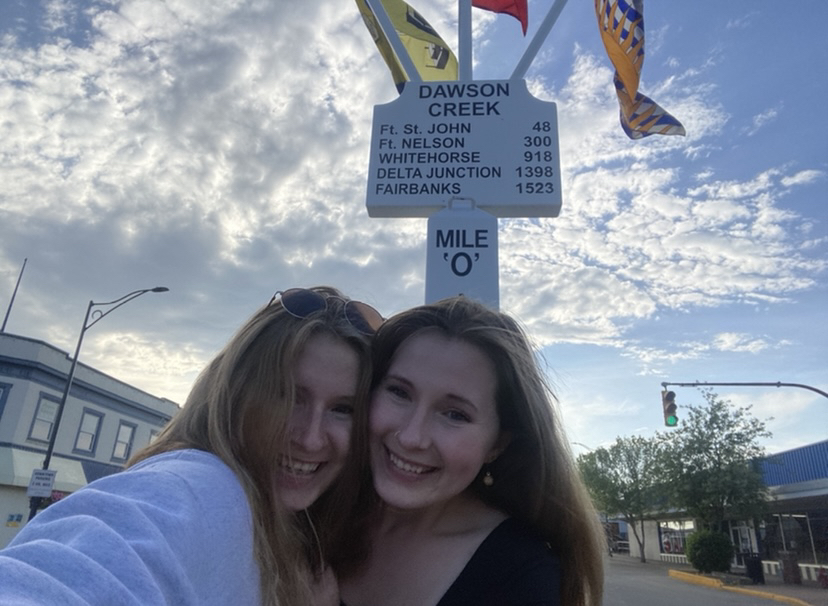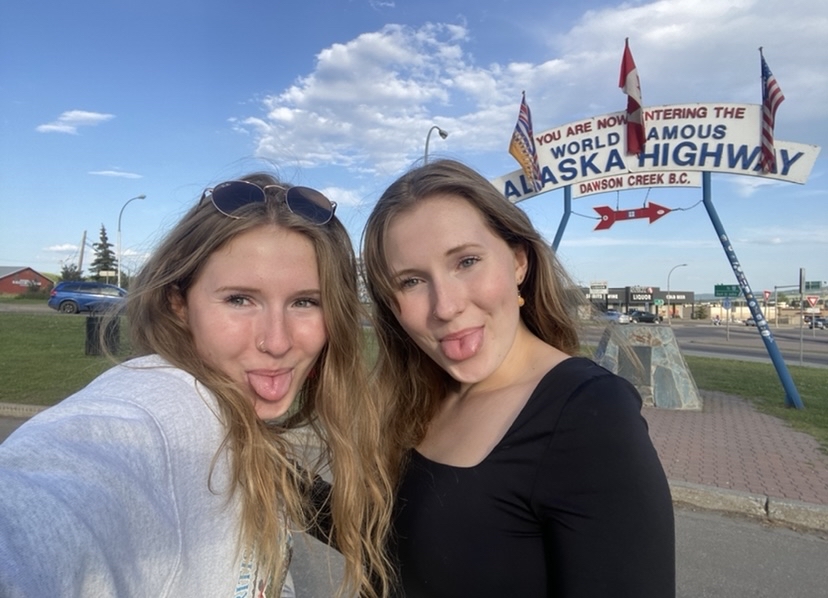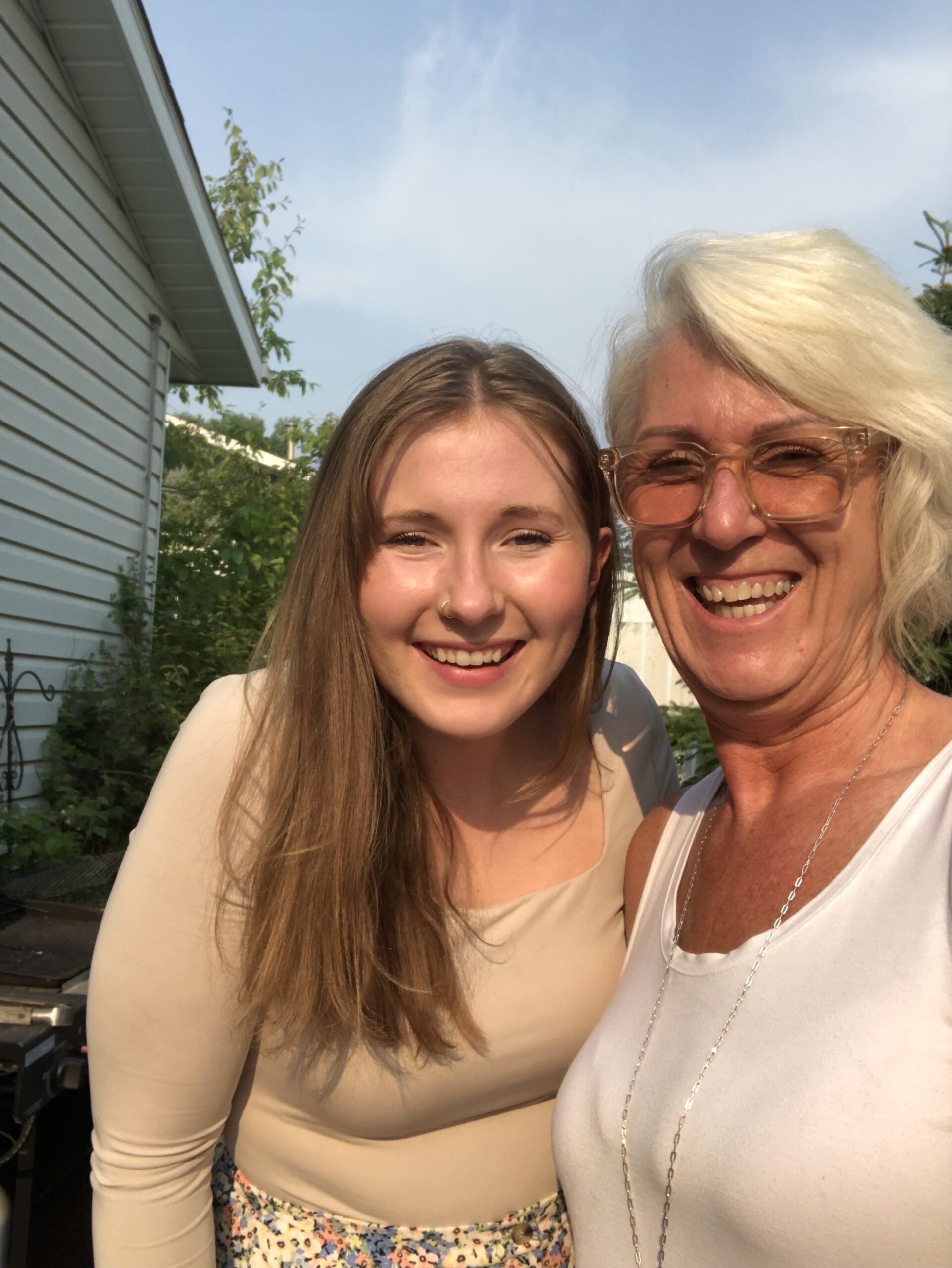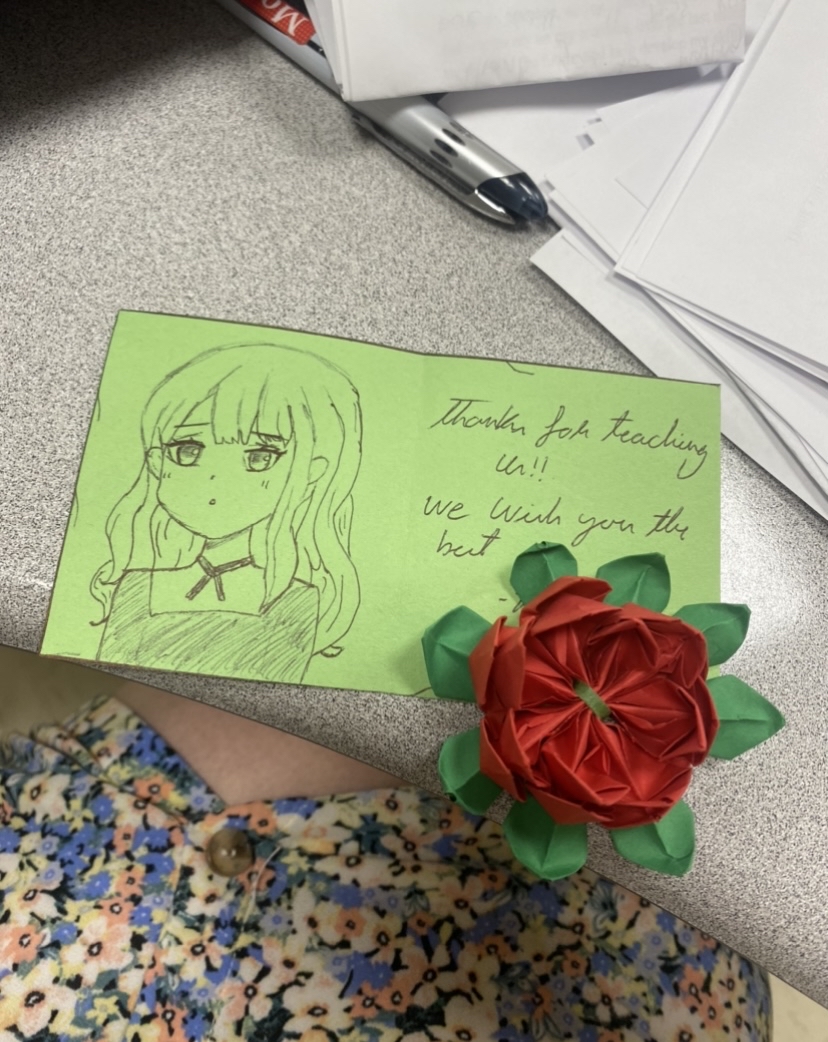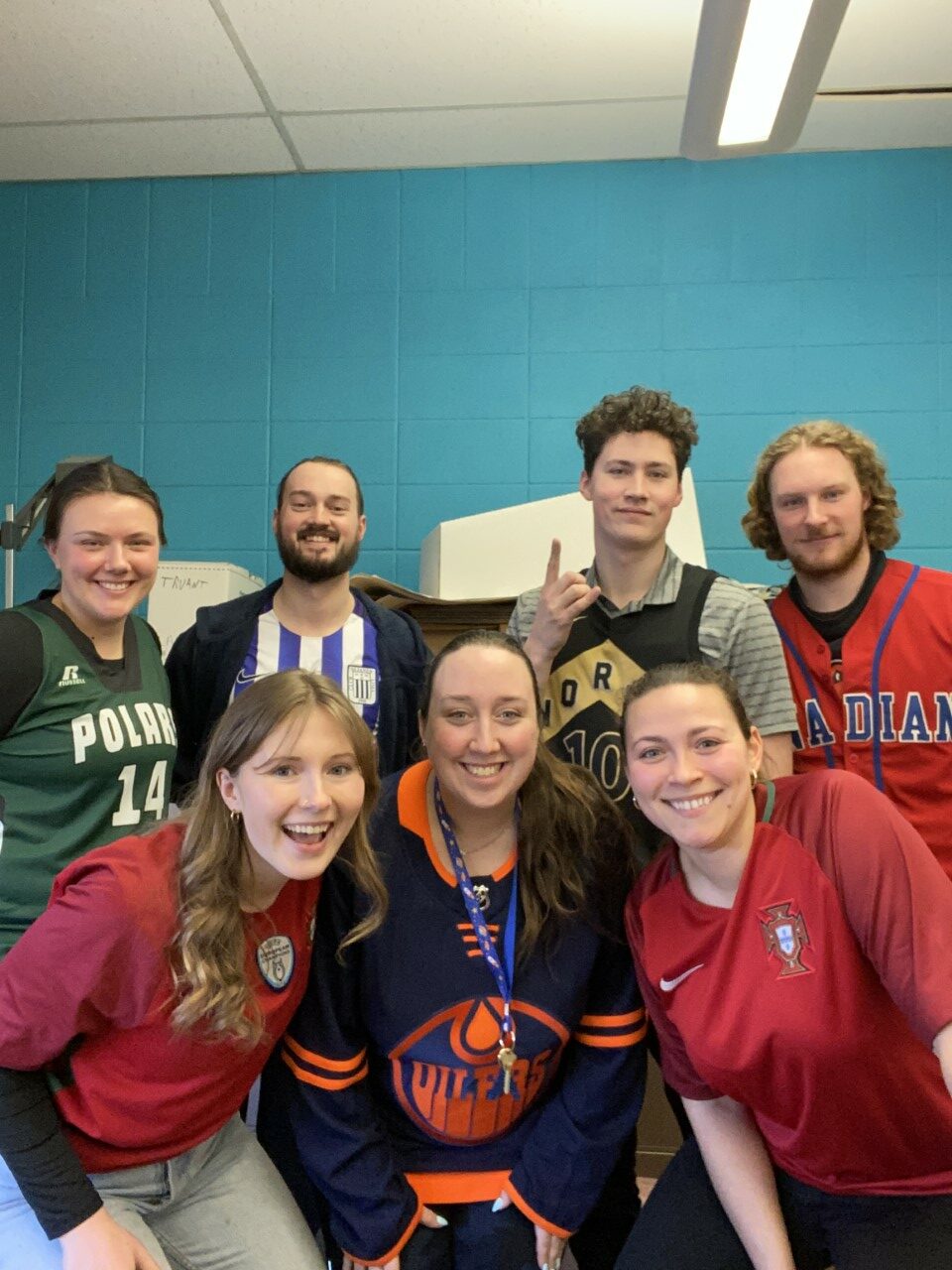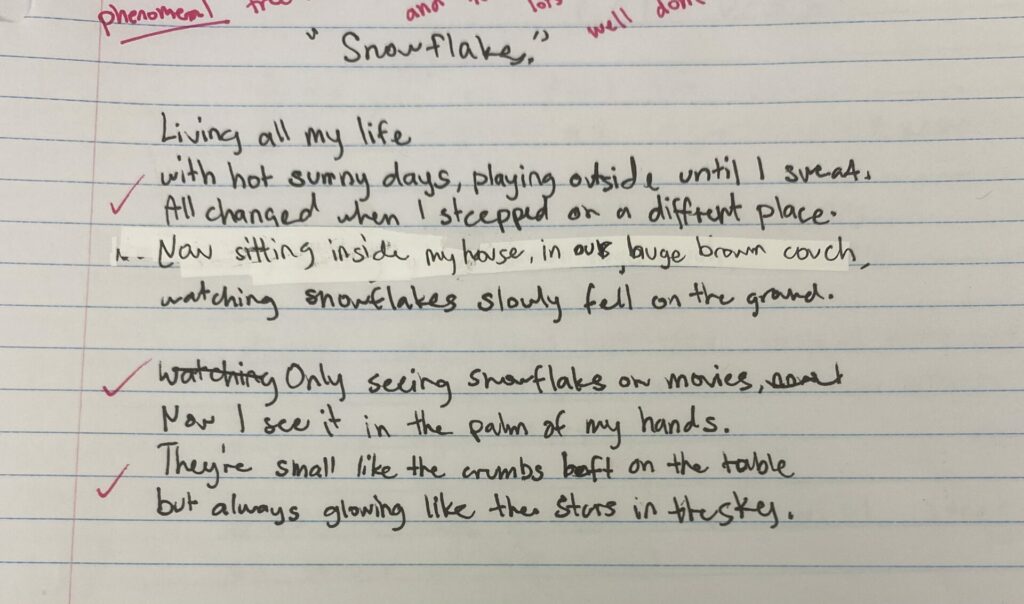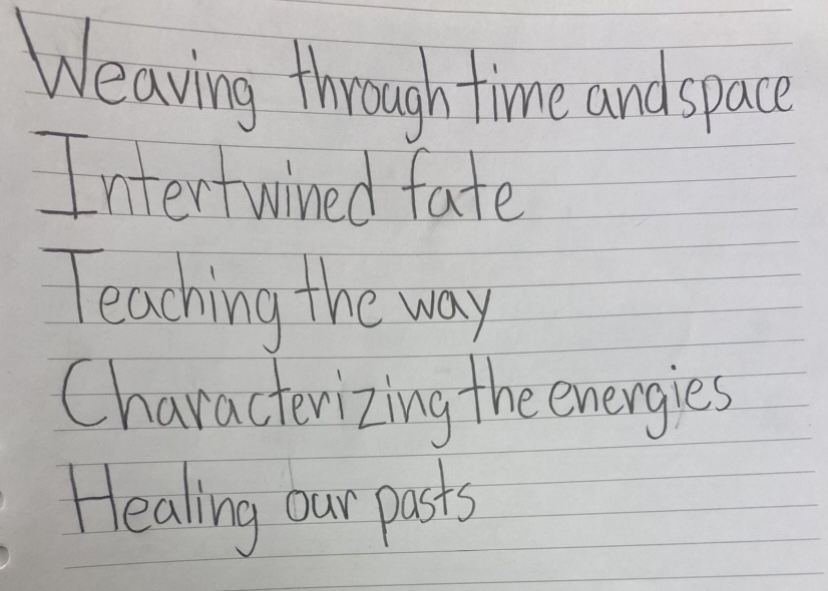A critical look at diversity and globalization through watching The World According to Monsanto, directed by Marie-Monique Robin in 2008.
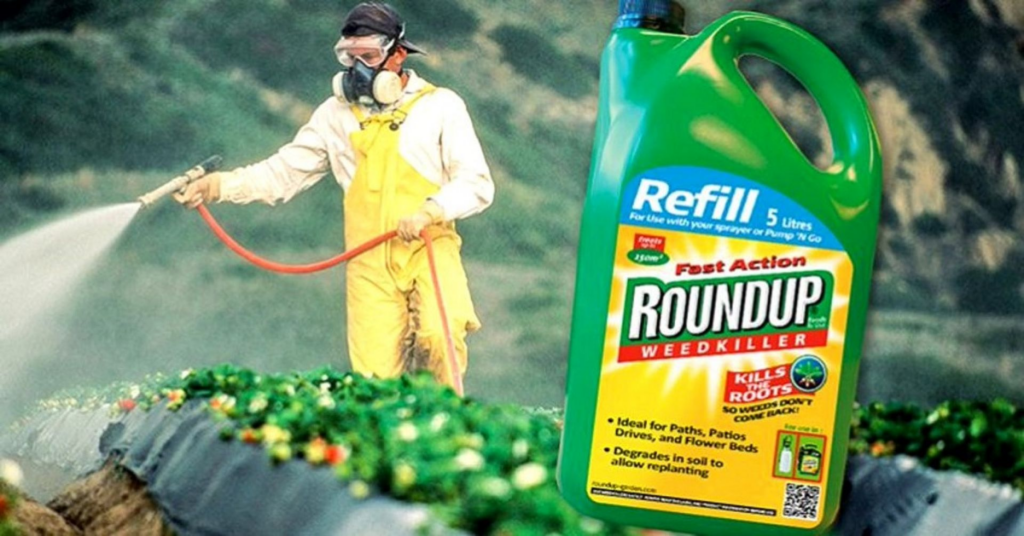
For this assignment, I chose to step outside of my realm of knowledge and choose something that spans much further than my roots in BC and Canada: globalization, diversity, and the environment. When I was looking through the potential film choices, I was immediately drawn to the one about Monsanto.
My first (and last) time learning about Monsanto was in my high school Biology 11 class in 2016. My teacher was lecturing on GMOs and trans genetic seeds and mentioned that a corporation known as Monsanto was behind the majority of these efforts. I remember finding the lecture very intriguing, but not looking into it further, until this week.
The Monsanto Company
Before I delve into the documentary, and its corresponding insights on farming and globalization, I would like to give a quick summary on Monsanto, if you are someone like me who knows very little on the topic.
Monsanto, founded by a Missouri man in 1901, was a multinational corporation (until amalgamating with Bayer in 2017 and no longer using its previous name) most well-known for its production of herbicides and genetically modified seeds (Mahtani, 2023). Monsanto has created, developed, and produced some extremely notable products, such as saccharin; an artificial sweetener used by Coca Cola, Roundup; a well-known pesticide for small and large-scale agriculture, Agent Orange; herbicide used in US warfare during the Vietnam War), and the Roundup Ready Soybean; Monsanto’s first well-known trans genetic seed, designed as a herbicide-resistant plant that would allow farmers to spray Roundup on all of their crops while killing everything but their soybeans (Mahtani, 2023).
This technology played a significant role in establishing Monsanto as a leader in the biotech and agricultural industry, but also sparked widespread debate over GMOs, environmental impact, and corporate practices and ethics.
The World According to Monsanto
Marie-Monique Robin’s documentary, adapted from her book with the same title, outlines how Monsanto came to be, how it rose in popularity across the USA and other parts of the world, and how they managed to rise to immense agricultural power with the help of the FDA and other government organizations.
The documentary, originally filmed in French, does a thorough job at explaining the implications that a multinational corporation like Monsanto was – and still is – capable of doing. Robin shows her deep investigation into key players of Monsanto, and interviews farmers on a global scale to see how Monsanto and their products have negatively impacted their means of livelihood. The first half of the film focusses on the company itself, and then primarily American farmers. for the second part of the film, they delve into the effects in countries such as India, Paraguay, Vietnam, and Mexico.
Monsanto’s Global Implications
“Seeds of Suicide”
Various unnamed Indian farmers (Robin 2008).
India, the world’s third largest producer of cotton, has had detrimental effects on their lives since the introduction of Monsanto’s cotton plant; Bt Cotton. This trans genetic seed – designed to thrive when used with other Monsanto products such as their fertilizer and herbicides – became widespread in India owing to the company’s promises of higher quality and better yielding crops. in reality, this plant has given quite the opposite promise to farmers. the Bt Cotton plant is not resistant to many outbreaks, causing massive crop losses to many farmers year after year (Robin, 2008). Additionally, the seed is four times the cost of the previous cotton seed, which are no longer easily available to farmers.
As a result, many farmers have had to take out business loans solely to afford the cotton seeds, which on top of crop loss, has let to debt, poverty, and instability in many South Asian farming communities (Rana, 2021). To make matters even worse, trends have shown that the suicide rates among Indian farmers have skyrocketed since the introduction of Bt Cotton, with many farmers nicknaming them the “seeds of suicide” (Robin, 2008).
“It’s a silent war”
Unnamed Mexican farmer (Robin, 2008)
In Mexico, farmers and the government try to fight against the global influx of GMOs and trans genetic plants, putting a ban on these manipulated seeds. Mexico has hundreds of diverse native corn species, that prosper on the soil that they have grown on for centuries. Despite the ban on trans genetic corn being grown in the country, it is still being brought into the country to eat. Owing to trade agreements such as NAFTA (now known as the USMCA), force Mexicans to import and consume genetically modified American-grown corn. While locally sourced corn is also available in stores, the corn from America is 1/4 of the cost, leading many to choose the foreign option.
As a result of this, corn from America is beginning to spread across the country, and not just in the grocery stores. Mexican agrologists had begun to notice unfamiliar sightings in the native corn, and with further testing determined that Monsanto modified corn had begun to interbreed with the native species.
Mexican scientists, agrologists, and farmers understand the serious implications that these findings have. Like mentioned earlier, Monsanto seeds are genetically designed to prosper alongside their branded fertilizers and herbicides. In the documentary, many Mexican farmers point out the fear of future overreliance and dependency of the corporation as a result. One farmer referred to this corporate infiltration as a “silent war”, managing to quietly take over all aspects of farming, and inadvertently controlling the world’s food sources.
Reflections
If the main goal of this assignment was to feel way out of my comfort zone, then I achieved it. I know very little about agricultural politics, and how multinational companies can impact countries to such a large extent. Regarding globalization, I took a few courses on it during my undergraduate degree but have not yet considered it in regard to my teaching pedagogy.
In Michael Apple’s journal article, Global crises, social justice, and teacher education, he outlines the importance of having a global understanding when teaching in today’s world. While Apple highlights the influence of global migration on U.S. demographics, I believe the paper is highly applicable in British Columbia as well. Ultimately, the diverse backgrounds of students require us teachers to understand complex cultural and political contexts. This could look like many different things but should first start with educating oneself on global issues such as the one outlined in this documentary. It can also look like active classroom implementations such as promoting social justice, understanding students’ cultural histories, using critical pedagogies, and engaging with global perspectives to reshape education in inclusive ways (Apple, 2011).
Overall, I am very happy with the choice I made in reviewing a topic I was quite unfamiliar with. I believe that it is very common for people to think that issues and events that are going on across seas is not overly important, but in reality, we are an extremely globalized and interconnected world, who need to be aware of all things going on in each corner of our planet. The environment – especially so – is something that we universally share and need to educate our students on so they can help solve the issues that will present themselves in the future. I look forward in taking a more globalist approach in the classroom, and to be more mindful of what steps I need to be taking to be a more educated global citizen and educator.
References:
Apple, M. W. (2011). Global crises, social justice, and teacher education. Journal of Teacher Education, 62(2), 222–234.
Mahtani, S. M. (2023). Monsanto Company. Salem Press Encyclopedia.
Rana, Muhammad. (2021). When seed becomes capital: Commercialization of Bt cotton in Pakistan. (2021). Journal of Agrarian Change, 21(4), 702–719.
Robin, M. (Director). (2008). The world according to Monsanto [Film]. National Film Board of Canada.
